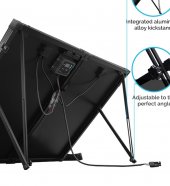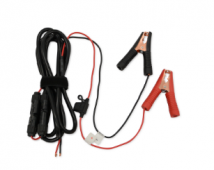jgbagley
New Member
- Joined
- Mar 30, 2021
- Messages
- 6
Hi all,
I am a solar newbie and was looking to get some recommendations from the community on what I should do to alleviate a problem of my fuses blowing frequently. I have 2 x 200W Renogy Solar Panels connected in parallel which each having a 20A solar charge controller which came with the panels. I have 2 methods of connecting the output of the charge controller to my AGM batteries:
1. The Alligator Clips which came with the solar panels
2. A ZAMP SAE Solar Port
My issue is that both of these have a inline 15A fuse on them which keeps busting. As each solar panel is 20A, my belief is that I need to replace them with 40A fuses. Is this a correct assumption? I a little confused as to why Renogy would have a 15A fuse which came with the panels which are rated for 20A, so that is making me concerned that I am not understanding something fundamental about this.
Thanks for any help you can provide!
I am a solar newbie and was looking to get some recommendations from the community on what I should do to alleviate a problem of my fuses blowing frequently. I have 2 x 200W Renogy Solar Panels connected in parallel which each having a 20A solar charge controller which came with the panels. I have 2 methods of connecting the output of the charge controller to my AGM batteries:
1. The Alligator Clips which came with the solar panels
2. A ZAMP SAE Solar Port
My issue is that both of these have a inline 15A fuse on them which keeps busting. As each solar panel is 20A, my belief is that I need to replace them with 40A fuses. Is this a correct assumption? I a little confused as to why Renogy would have a 15A fuse which came with the panels which are rated for 20A, so that is making me concerned that I am not understanding something fundamental about this.
Thanks for any help you can provide!




